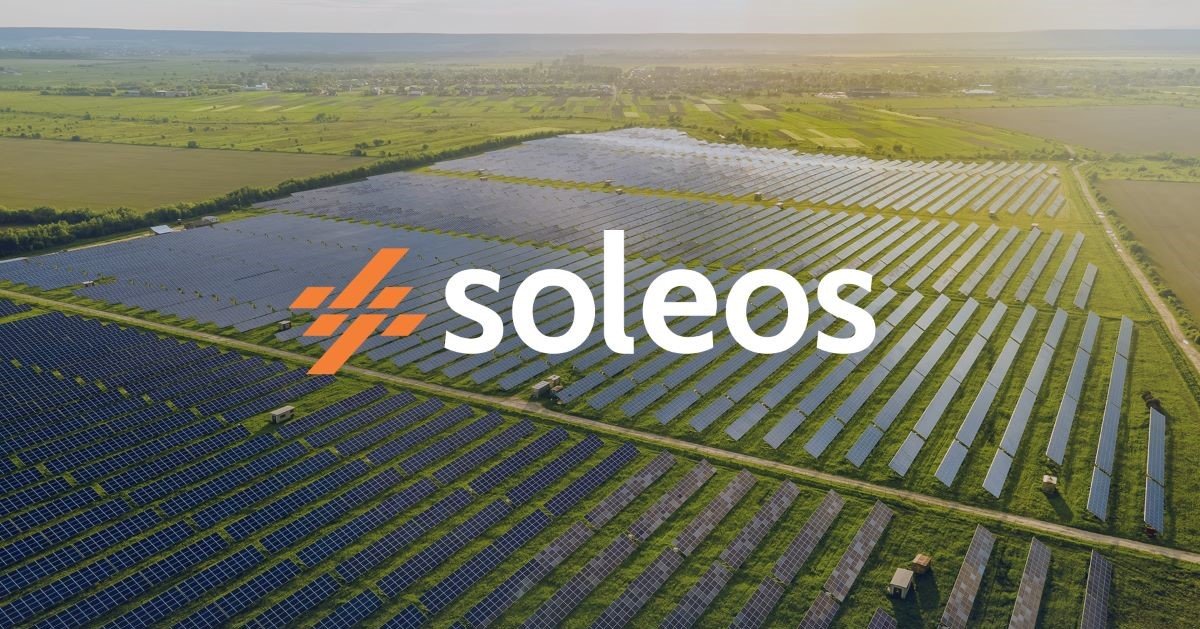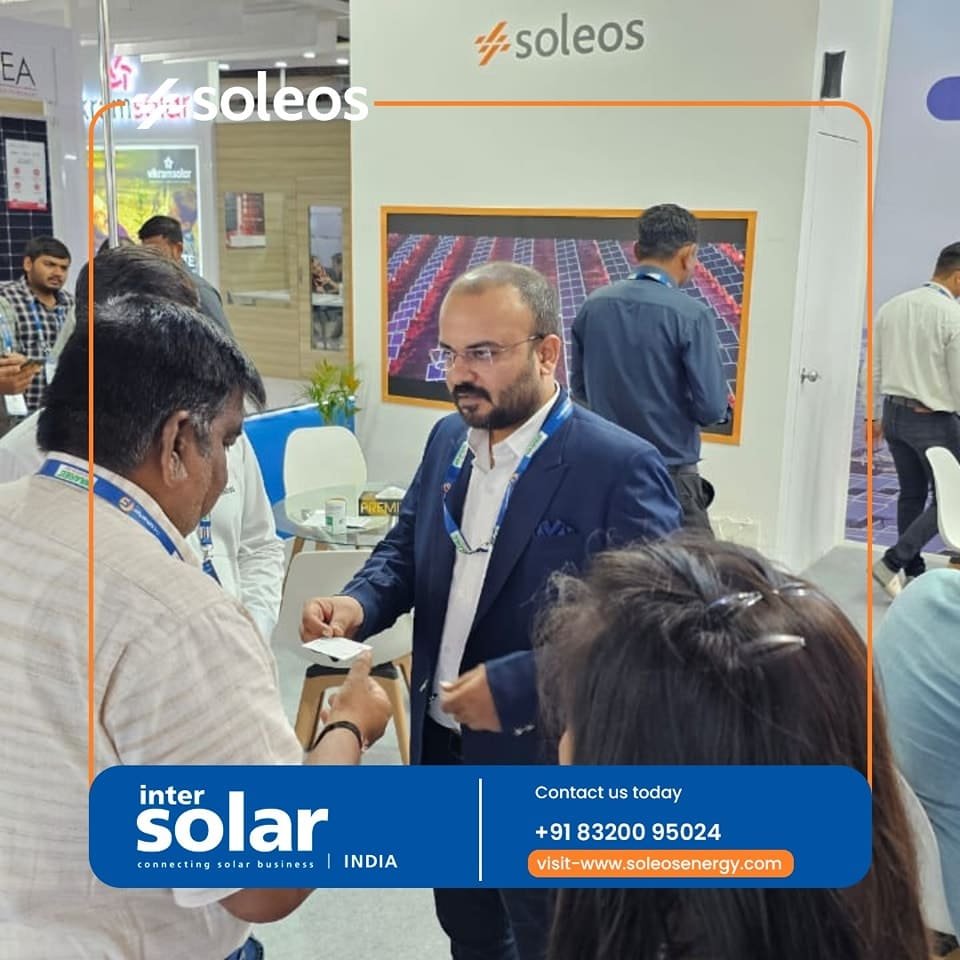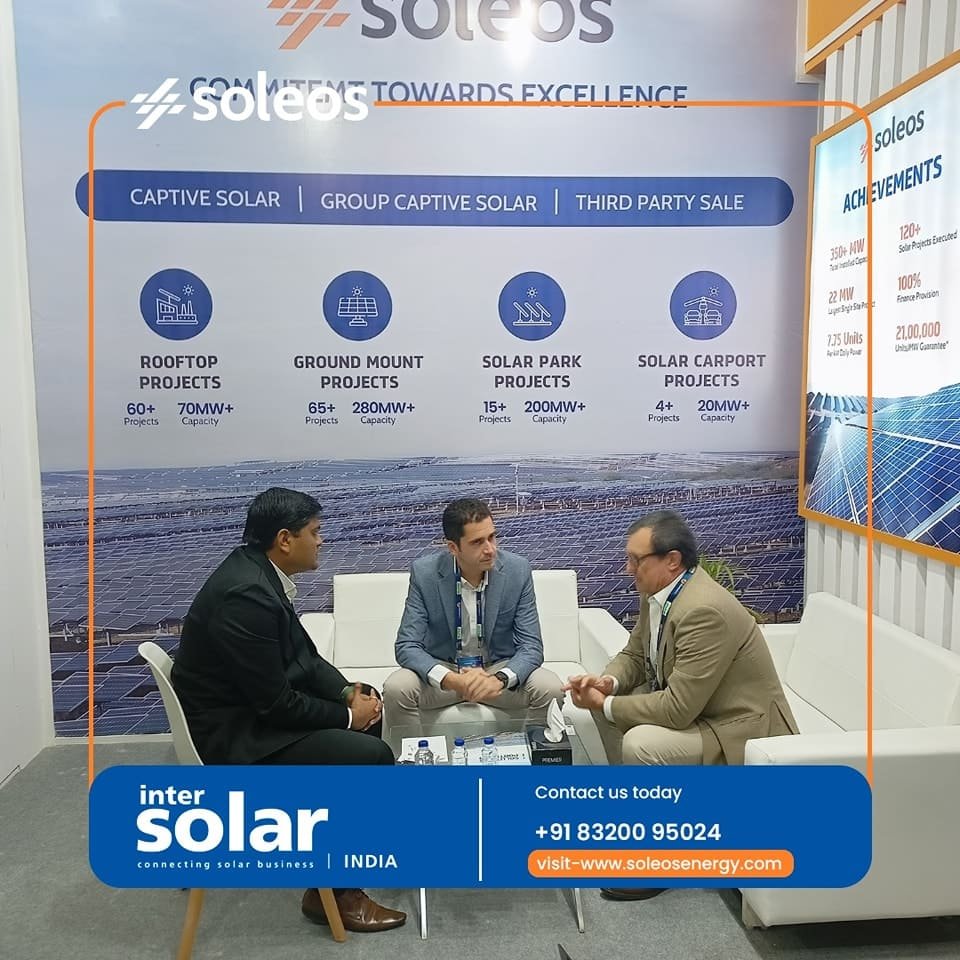As India moves towards a greener future, India solar power plants are becoming the backbone of the country’s renewable energy system. At the forefront of this shift are India’s solar power initiatives, driving major changes in the country’s energy production and consumption. This guide explores the current status of India’s solar power plants, their impacts, and the future of this dynamic industry.
The Rise of India solar power plants
India has emerged as one of the world’s leading markets for solar power in recent years, driven by ambitious renewable energy targets and a rapidly declining cost of solar technology. “India Solar Power Plants are revolutionizing the country’s energy landscape as the nation rapidly transitions towards a greener future”. As the country works to meet its growing energy demand while transitioning away from fossil fuels, solar power plants have become a key part of India’s energy mix.
The Rapid Expansion of Solar Capacity
India’s solar power capacity has grown exponentially in recent years, thanks to government policies, the private sector, and technological advances. In 2014, the country’s total solar power installed capacity was just 2.6 gigawatts (GW). By the end of 2023, India solar power plants capacity is set to reach 100 GW, making it the world’s third-largest solar power market after China and the United States. In 2015, India pledged to install 175 GW of renewable energy by 2022, with solar accounting for 100 GW of that target. While the original 2022 target was not met, the country is moving toward a new target of 450 GW of renewable energy generation by 2030, which will largely come from solar power.
The Impact of Solar Power on India’s Energy Mix
The rapid expansion of solar power has had a major impact on the country’s overall energy supply. As of June 30, 2024, the total grid-connected capacity of renewables stood at 148 GW. Of this, the solar power segment accounted for 85 GW, followed by wind power at 47 GW, and biomass at 1.4 GW. The small hydro segment accounted for 5 GW.
Of the total 85 GW of solar capacity, ground-mounted solar power plants accounted for 66.5 GW, while grid-connected solar rooftops accounted for about 13 GW. Hybrid projects and off-grid solar plants accounted for about 2.6 GW and 3.4 GW respectively. As India solar power plants continues to support the solar revolution, its solar power sector will solidify its position as a global leader in the clean energy transition.
Environmental and Economic Benefits of Solar Power
The environmental benefits of solar power plants in India are well known. These plants harness the sun’s energy to reduce greenhouse gas emissions and help combat climate change. Unlike coal or natural gas, solar energy is clean and renewable, meaning it doesn’t deplete natural resources or pollute the environment.
From an economic perspective, solar power plants have the potential to transform India’s energy landscape. In addition to regular care and maintenance, they also create employment during construction. This is especially important in rural areas where employment is limited.
India solar power sector also reduces the country’s dependence on foreign energy sources, increases energy security, and reduces the trade deficit. As the cost of solar energy continues to fall, solar power plants become an even better option for India’s energy future.
Government Policies and Support for Solar Power
In a significant move to boost solar energy adoption among residential consumers, the Indian government announced a 23% increase in the Central Financial Assistance (CFA) subsidy as of January 2024. This enhanced solar panel subsidy is designed to make solar power more accessible and affordable for homeowners across the country.
The PM-KUSUM scheme, launched in March 2019, was expanded in January 2024 to include larger solar power initiatives, helping farmers with energy and water security, increasing their income, and reducing environmental pollution.
Challenges and Opportunities in India’s Solar Power Sector
Despite the many successes, solar power plants in India face challenges. One of the biggest hurdles is land acquisition. These plants require large areas of land, which can be difficult to secure, especially in densely populated regions.
Another challenge is grid integration. As more solar power plants come online, ensuring that the electricity they generate can be efficiently integrated into the national grid is crucial. This requires significant investment in grid infrastructure and smart grid technology.
Financing is also a challenge for many solar projects. While costs have come down, the initial investment required can still be high. Access to affordable financing is essential for the continued growth of the sector.
However, these challenges also present opportunities. The growing demand for solar energy is driving innovation and investment in new technologies. As India continues to develop its solar infrastructure, there is potential for further cost reductions and efficiency gains.
Future Prospects: The Road Ahead for India Solar Power Plant
The future of India’s solar power sector is bright. With continued government support and private sector interest, the country has become a global leader in renewable energy. The International Energy Agency (IEA) expects India to reach 500 GW of renewable energy by 2030, the majority of which will come from solar power.
Innovations like floating solar panels, solar-wind hybrid projects, and advancements in energy efficiency technology will play a key role in the next phase of growth. These innovations will help overcome some of the current challenges facing India’s solar power sector and create new opportunities for solar power in India.
As India continues to embrace solar energy, the impact of its solar power sector on the country’s economy, environment, and people will be significant. Solar energy is not just a solution to India’s energy needs; it is also a path to a prosperous future.
Key Solar Power Plants in India
When discussing solar power in India, it’s impossible not to mention some of the key players in the field. The following are some of the most significant solar power plants that have been instrumental in shaping the country’s renewable energy landscape:
- Bhadla Solar Park, Rajasthan: Spread over more than 14,000 acres, Bhadla Solar Park is one of the largest in the world. With a total installed capacity of nearly 2,245 MW, this plant is a testament to India’s commitment to scaling up its solar energy production.
- Pavagada Solar Park, Karnataka: Also known as Shakti Sthala, this solar park covers an area of 13,000 acres and has an installed capacity of 2,050 MW. Pavagada Solar Park has not only boosted Karnataka’s renewable energy capacity but also provided employment opportunities to local communities.
- Rewa Ultra Mega Solar, Madhya Pradesh: The Rewa Ultra Mega Solar project, with a capacity of 750 MW, is another shining example of a major solar power plant. This project has set new benchmarks for the industry, particularly in terms of tariff competitiveness.
- Kamuthi Solar Power Project, Tamil Nadu: This 648 MW solar plant is one of the largest in the world. Built by Adani Green Energy, it was completed in a record time of just eight months. The plant generates enough electricity to power 150,000 homes, showcasing the potential of large-scale solar projects in India.
- Charanka Solar Park, Gujarat: Spread across 5,384 acres, Charanka Solar Park was one of the first large-scale solar power plants in India. It has an installed capacity of over 600 MW and has become a model for other solar projects in the country. The park has also brought significant economic benefits to the local community.
These plants are just a few examples of how India is leveraging its natural resources to meet its energy needs sustainably. Each of these projects plays a crucial role in reducing the country’s carbon footprint and supporting its transition to a greener future.
Technological Innovations in India Solar Power Plants
The success of India’s solar power sector lies not only in the scale of installation but also in the technological advancements that have made these projects possible. Today, solar power plants in India are equipped with advanced technology to increase efficiency and reduce costs.
One of the most significant developments is in solar panel technology. Indian solar power plants have moved from traditional multi-crystalline silicon panels to more monocrystalline silicon panels. These panels are more efficient, meaning they can generate more electricity from the same amount of sunlight.
Another innovation is the use of solar trackers, which adjust the angle of the panels to follow the path of the sun each day. The technology can increase power output by up to 30%, making it a valuable addition to solar power plants.
Energy storage is also an important part of solar power plants in India. With advances in battery technology, these plants can now store a large portion of the energy produced during the day and use it at night or on cloudy days. This not only provides more reliable power but also helps improve the grid.
Future Prospects: The Road Ahead for India’s Solar Power
The future of India Solar Power Plants is bright. With the government’s continued support and the private sector’s growing interest, the country is well on its way to becoming a global leader in renewable energy. The International Energy Agency (IEA) has projected that India could add up to 500 GW of renewable energy capacity by 2030, with a significant portion coming from India Solar Power Plants.
Emerging trends such as floating solar plants, solar-wind hybrid projects, and advancements in energy storage technology are likely to play a key role in the next phase of growth. These innovations will help overcome some of the challenges currently facing the sector and open up new possibilities for India’s solar power plants.
As India continues to embrace solar energy, the impact of India Solar Power Plants on the country’s economy, environment, and society will be profound. Solar power is not just a solution to India’s energy needs—it’s a pathway to a more sustainable and prosperous future.
Conclusion: The Bright Future of India Solar Power Plant
India Solar Power Plants journey is an inspiring story of innovation, determination, and vision. From small beginnings, the country has grown into a global leader in solar energy, with India’s solar power plants playing a pivotal role in this transformation.
As we look to the future, the potential for India Solar Power Plants is limitless. With continued investment, technological advancements, and supportive government policies, solar energy will not only help meet the country’s energy needs but also pave the way for a sustainable and prosperous future.
So, whether you’re interested in the latest technological innovations, and government policies, or simply want to learn more about how India Solar Power Plants are changing the world, there’s never been a better time to dive into the world of India Solar Power Plants.






























